In today’s fast-paced urban environments, having access to fresh vegetables, herbs, and fruits can be a challenge. With limited outdoor space, many people living in cities seek solutions that allow them to grow their own produce indoors. This is where indoor gardening systems come into play. These systems are not only a solution for small-space gardening but also help individuals take control of their food supply, ensuring that they have year-round access to fresh produce, regardless of the weather or location. In this comprehensive article, we delve into the world of indoor gardening system, their benefits, types, and the key factors to consider when setting one up.
What is an Indoor Gardening System?
An indoor gardening system is a method of growing plants indoors using specialized tools and equipment. These systems can range from simple setups like potted plants on windowsills to more complex solutions like hydroponic and aeroponic systems. Indoor gardening is ideal for growing herbs, leafy greens, small vegetables, and even certain types of fruits, allowing you to enjoy fresh produce year-round.
Benefits of Indoor Gardening Systems
The rise of indoor gardening systems is not just a trend but a response to the growing need for sustainable and space-efficient gardening solutions. Some of the primary benefits include:
- Space Optimization: In urban settings, where outdoor space is often limited or non-existent, indoor gardening offers the perfect solution. Vertical gardens, hanging planters, and compact hydroponic systems make it possible to grow plants in small spaces.
- Year-Round Growth: Indoor gardening systems allow for year-round cultivation, unaffected by external weather conditions. With proper lighting and temperature control, you can maintain ideal growing conditions for your plants regardless of the season.
- Healthier Produce: Growing your own food indoors reduces the need for pesticides and other chemicals, resulting in healthier, organic produce. Plus, there’s nothing quite like harvesting your own herbs and vegetables fresh from your garden.
- Convenience: Having an indoor garden means that fresh herbs, vegetables, and fruits are just a few steps away. You can quickly snip fresh basil for a dish or pluck ripe tomatoes without a trip to the grocery store.

Types of Indoor Gardening Systems
Indoor gardening systems come in various forms, each suited to different levels of experience and available space. Below are the most popular types:
1. Soil-Based Indoor Gardens
The most traditional form of indoor gardening involves growing plants in soil. This method is straightforward, requiring only pots, soil, and access to natural or artificial light. Soil-based gardens are ideal for beginners, as they require minimal technical knowledge and can accommodate a wide range of plants.
- Pros: Simple to set up, affordable, and versatile.
- Cons: Requires regular watering, may attract pests, and needs more maintenance compared to other methods.
2. Hydroponic Systems
Hydroponics is a method of growing plants without soil, using a nutrient-rich water solution instead. Plants are supported by an inert growing medium such as clay pellets or rock wool. Hydroponic systems are highly efficient and allow for faster growth compared to soil-based systems.
- Pros: Faster plant growth, higher yields, and water-efficient.
- Cons: Requires more initial setup, including pumps and nutrient solutions. Can be more expensive.
3. Aeroponic Systems
In an aeroponic system, plants are grown with their roots suspended in the air, and a fine mist of nutrient solution is sprayed directly onto the roots. This method uses less water than hydroponics and allows for even faster plant growth.
- Pros: Efficient use of water and nutrients, rapid growth.
- Cons: High initial cost and technical setup, requires consistent monitoring.
4. Vertical Gardens
Vertical gardening involves growing plants on vertically stacked layers, maximizing the use of space. These systems are perfect for small spaces and can be either soil-based, hydroponic, or aeroponic. They are often seen in urban settings, where space is at a premium.
- Pros: Space-efficient, aesthetic, can be automated.
- Cons: May require specific equipment depending on the system used.
5. Container Gardens
Container gardening is one of the simplest indoor gardening systems. Plants are grown in individual containers, allowing flexibility in plant selection and placement. This system can work with either soil or hydroponics and is ideal for herbs, small vegetables, and flowers.
- Pros: Flexible, easy to move, low-cost.
- Cons: Limited to smaller plants, requires regular watering and maintenance.
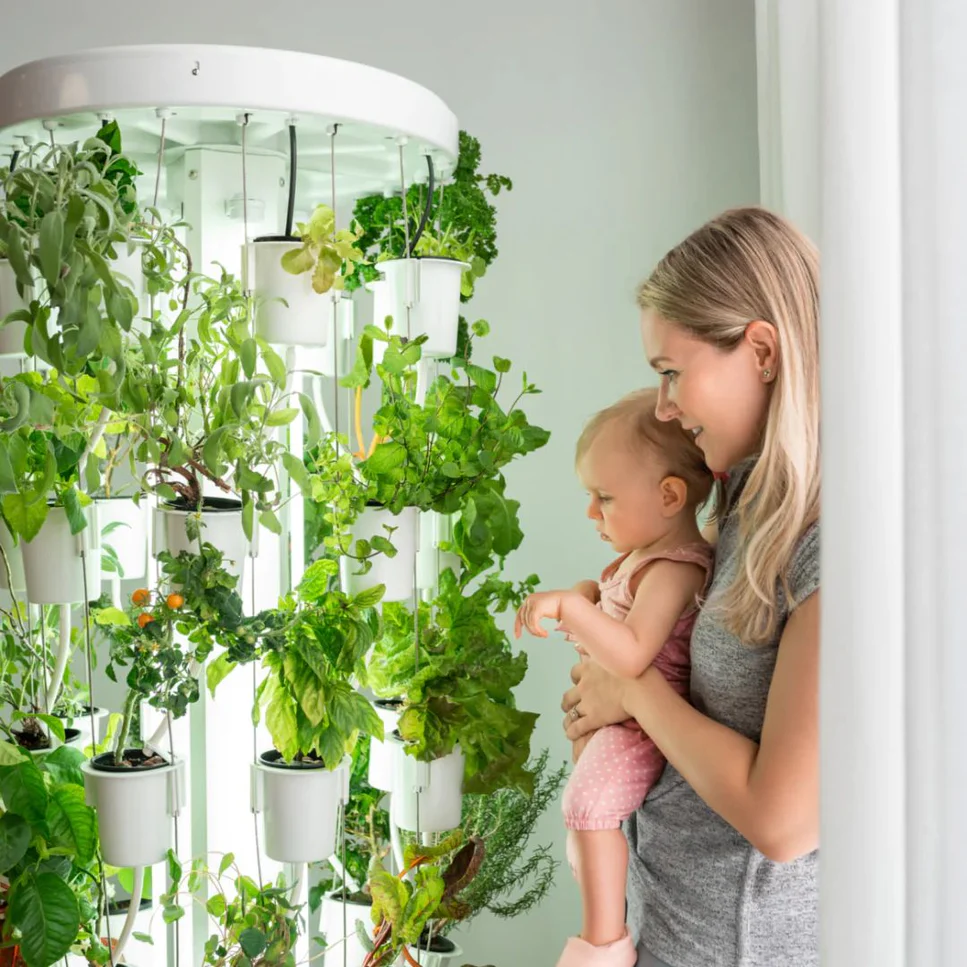
Choosing the Right Indoor Gardening System
When selecting an indoor gardening system, several factors should be taken into consideration:
1. Available Space
Before choosing a system, assess the amount of space you have. A small apartment may benefit from a vertical or container garden, while a larger space could accommodate a hydroponic or aeroponic system.
2. Type of Plants
Different plants thrive in different environments. For instance, herbs and leafy greens are well-suited to hydroponic systems, while fruiting plants may require more space and support. Consider the needs of the plants you wish to grow when choosing your system.
3. Budget
Indoor gardening systems can vary significantly in cost. Soil-based and container gardens are generally more affordable, while hydroponic and aeroponic systems tend to be pricier due to the equipment and materials required. Set a budget and research the most cost-effective options within that range.
4. Maintenance Requirements
Some systems, like soil-based and container gardens, require minimal maintenance. In contrast, hydroponic and aeroponic systems need more regular monitoring and upkeep. Choose a system that fits your available time and interest in gardening.
5. Light and Environmental Conditions
Many indoor gardening systems require supplemental lighting, particularly if natural sunlight is limited. Grow lights can mimic sunlight, providing plants with the necessary spectrum of light for photosynthesis. Additionally, consider the humidity and temperature of your indoor environment, as these factors can influence plant health and growth.
Setting Up Your Indoor Gardening System
Once you’ve chosen the right system, setting up an indoor garden is relatively straightforward. Follow these steps to get started:
- Choose Your Space: Select a location with adequate lighting and space for your chosen system. Ensure the area is free from drafts and has proper ventilation.
- Gather Your Materials: Depending on your system, you’ll need pots or containers, soil or a growing medium, seeds or seedlings, water, and possibly a grow light. If using a hydroponic or aeroponic system, ensure you have the necessary equipment like pumps, nutrient solutions, and timers.
- Plant and Maintain: Plant your seeds or seedlings and follow the recommended guidelines for watering, lighting, and feeding. Regularly check your plants for signs of pests or nutrient deficiencies and adjust your care routine accordingly.
- Harvest and Enjoy: Once your plants have matured, you can begin harvesting your fresh, home-grown produce. With proper care, many plants can provide multiple harvests throughout the year.
Conclusion: A Sustainable Solution for Urban Living
Indoor gardening systems offer a practical and sustainable way to grow fresh, healthy produce, even in the heart of the city. With options ranging from simple container gardens to advanced hydroponic and aeroponic systems, there is a solution for every level of gardener. By growing your own food indoors, you not only enjoy the convenience of fresh produce at your fingertips but also contribute to a more sustainable and eco-friendly way of living.
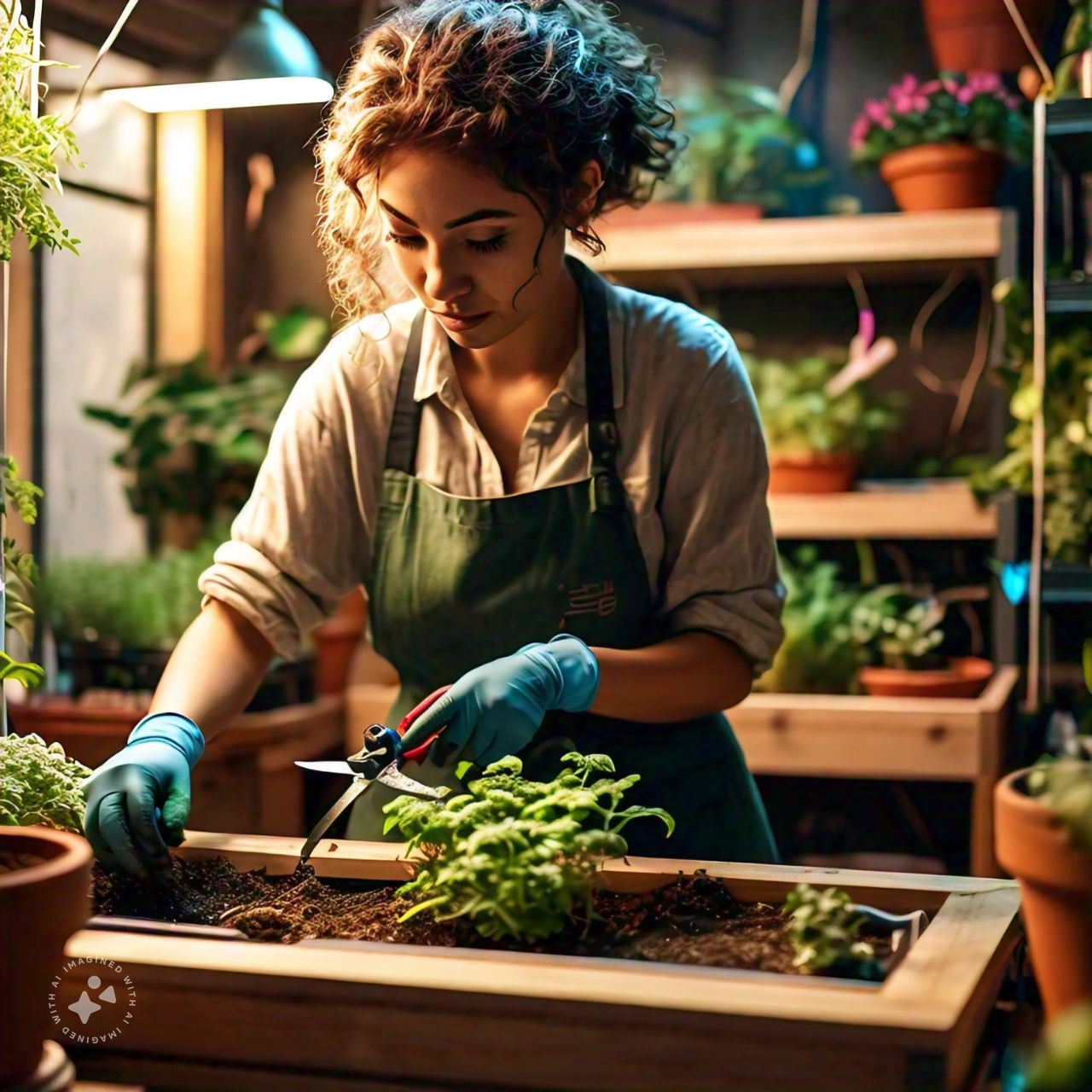
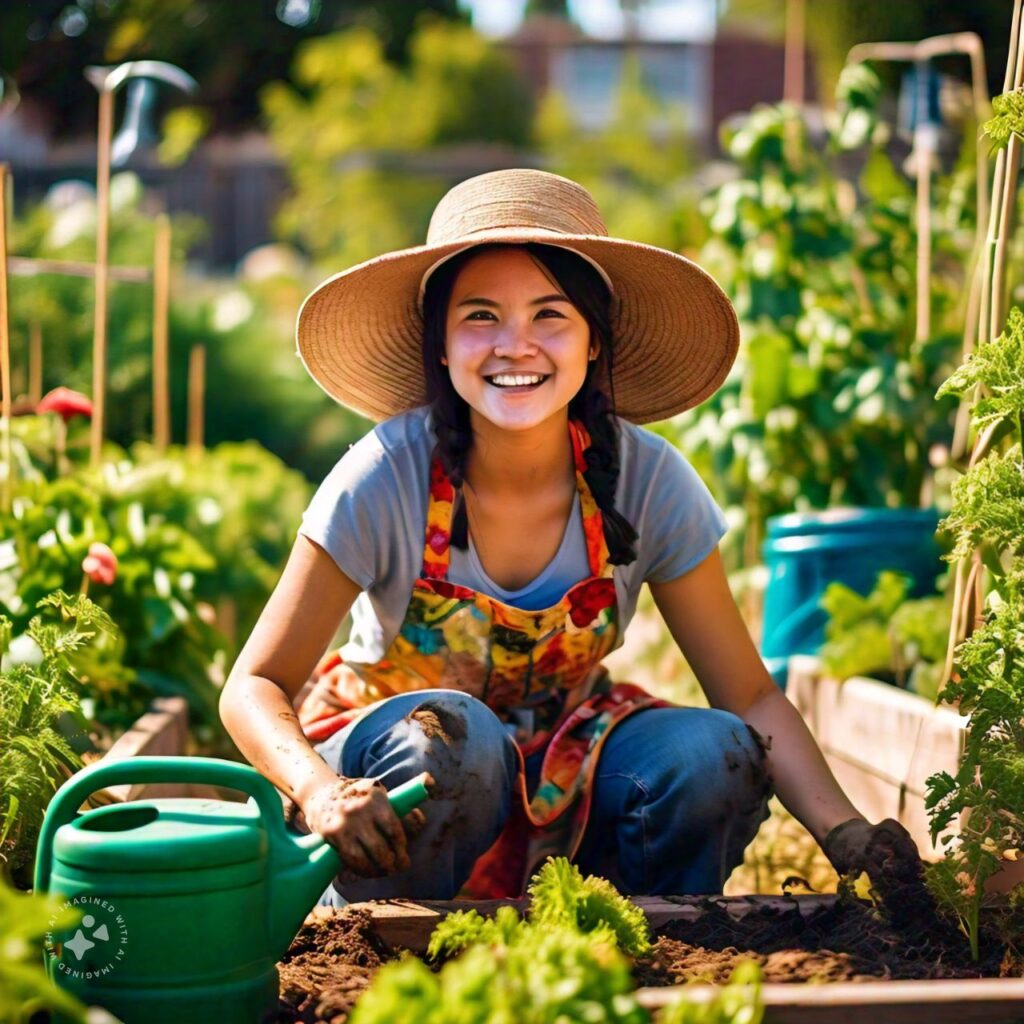
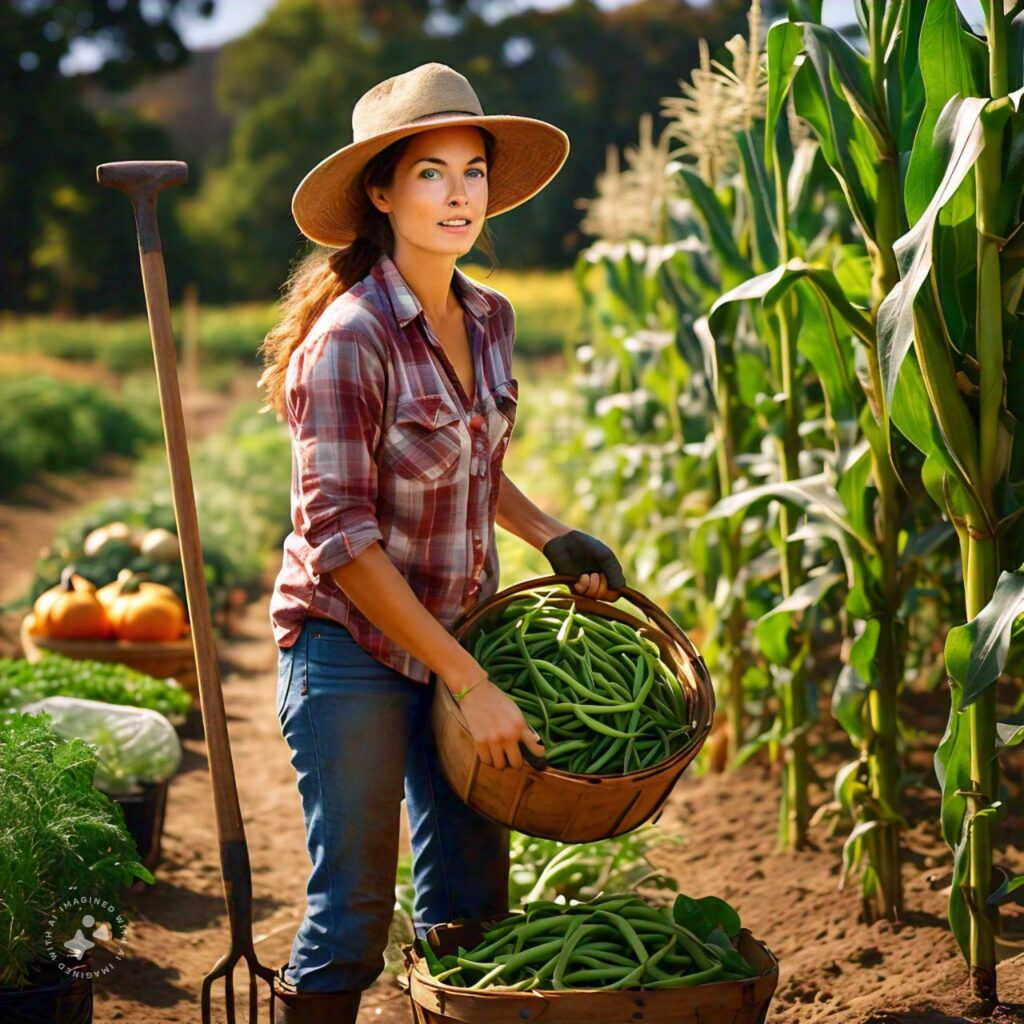
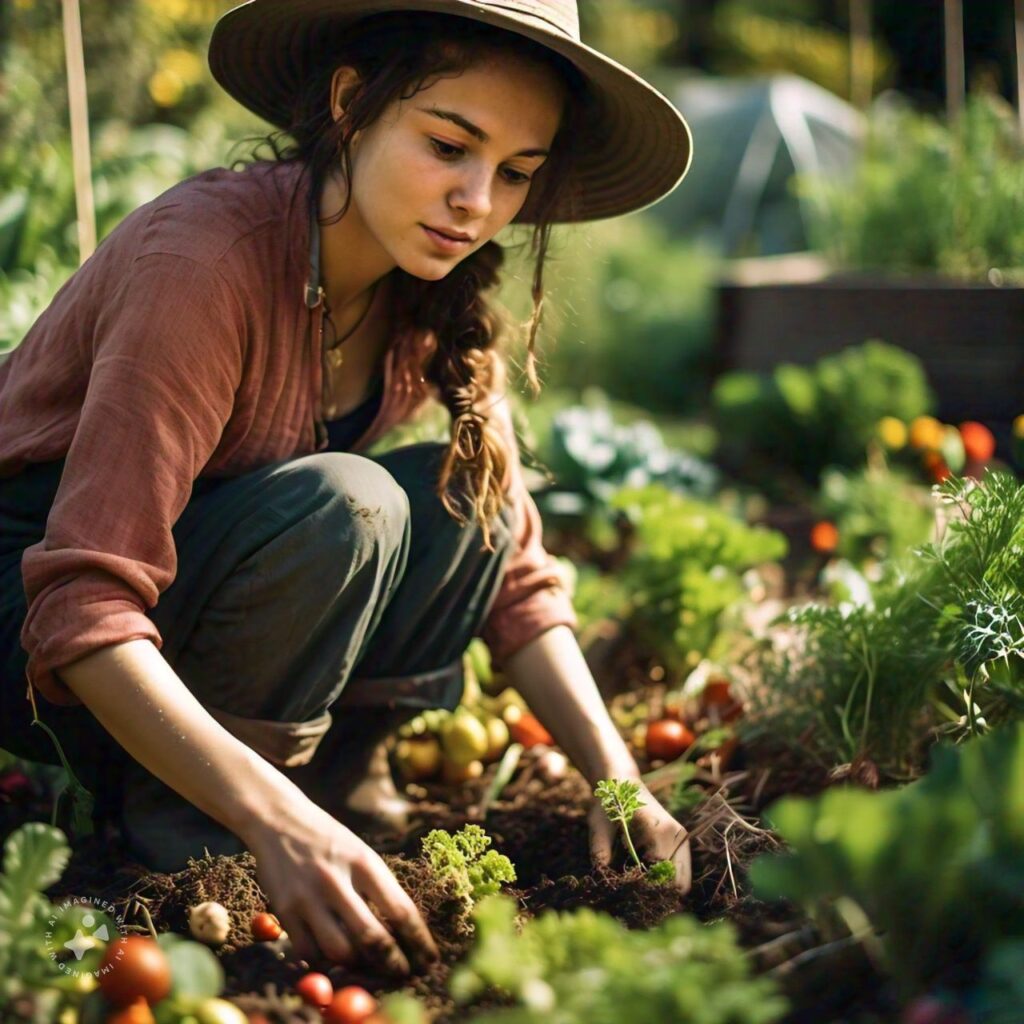
Your writing style is so relatable and authentic It’s a breath of fresh air in a world filled with superficiality and pretense